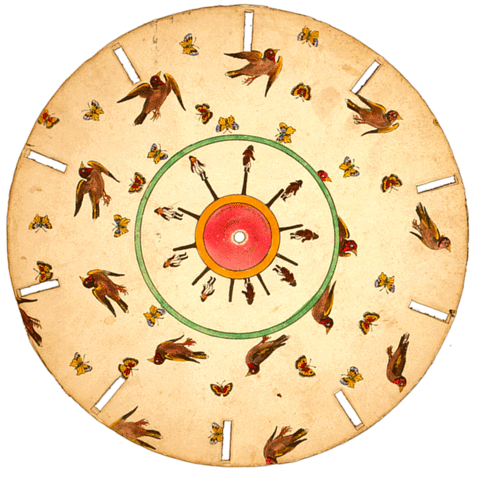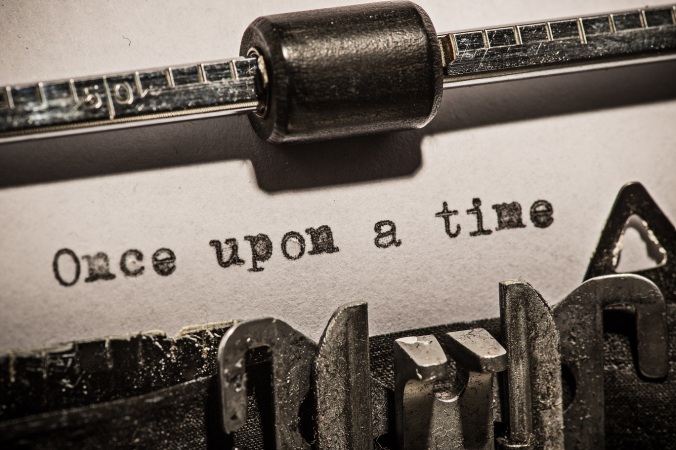We’ve written in the past about how much writing and writers can nourish and sustain us. As Anne Lamott put it, in Bird by Bird: Some Instructions on Writing and Life:
Writing and reading decrease our sense of isolation. They deepen and widen and expand our sense of life: they feed the soul. … It’s like singing on a boat during a terrible storm at sea. You can’t stop the raging storm, but singing can change the hearts and spirits of the people who are together on that ship.
Singing in the storm is all too apt an analogy to use on June 20th, which has been marked as World Refugee Day since the beginning of this millennium. This year, UNHCR’s official statistics tell a shocking story: 70.8 million people forced from there homes, among them almost 26 million refugees, over half of whom are children.
Many of us know what this looks like all too well: we have worked alongside people fleeing; we have known them as friends, family, neighbors, colleagues; we have advocated for and defended their rights. We have celebrated the hospitality of those that open their homes and businesses and borders; raged against the hostility of those who want to build literal or figurative walls; and despaired the apathy of those who don’t seem to care. Some of us are refugees ourselves.
Every person has a story to tell. Those who, at some point in their lives, find themselves living as refugees are no exception. Some have written down their stories, and shared them with the world–even if that meant sending them via text message from Manus Island.
This #WorldRefugeeDay, we have put together a list of six great books authored by women and men who, among many other identities, are or were refugees. Read on for our recommendations and Continue reading






